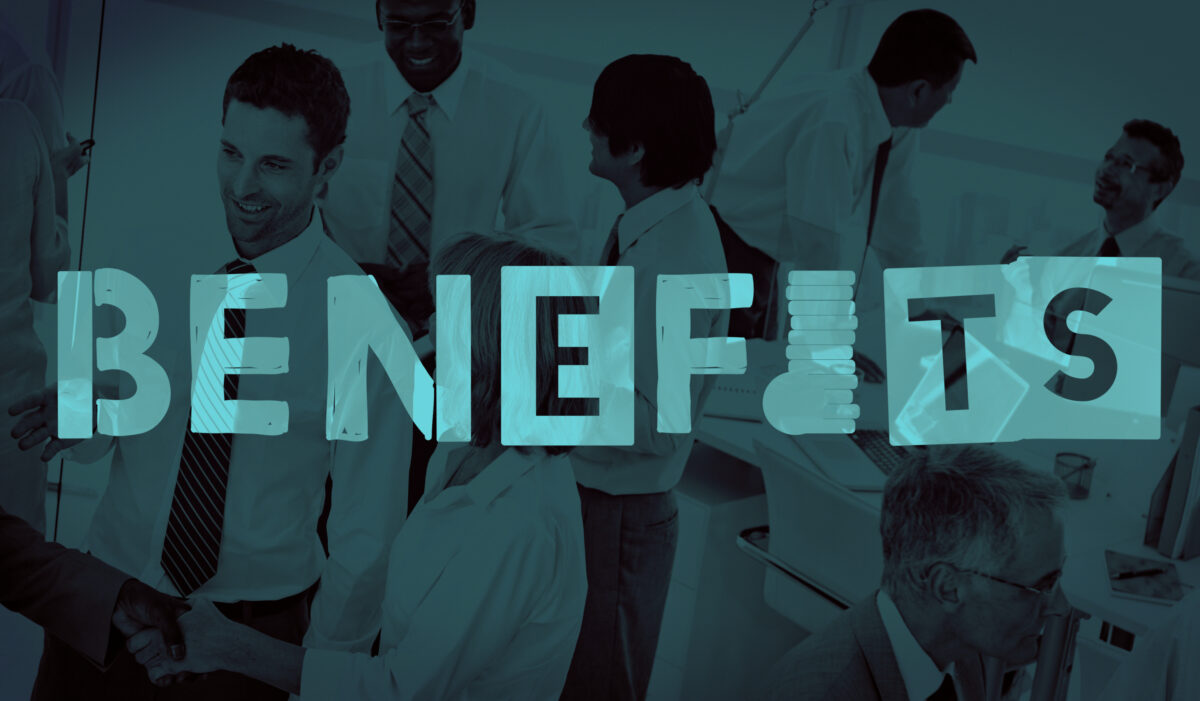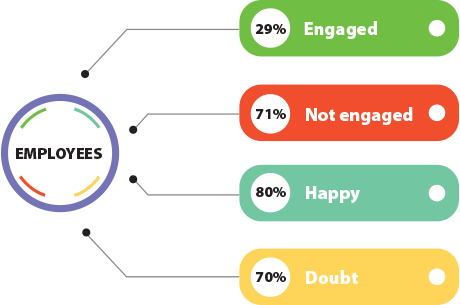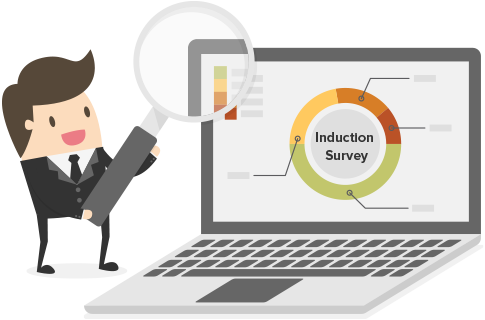It is so over the time when employees only care about salaries. In the era of the knowledge economy, workers are constantly striving for more than just a paycheck. 69% of employees admit that they are more willing to work hard if they feel appreciated, and employee rewards and recognition are what best reflects the appreciation of employers toward their staff. The success of a company now depends on its ability to attract, motivate and retain the best talent. And the key to achieving this goal lies in effective reward management.
So, What Is Reward Management?
Reward management is the process of designing, administering, and monitoring employee compensation programs that align with an organization’s strategic goals. The goal of reward management is to attract, motivate and retain employees by offering a compensation package that meets their needs and contributes to the overall success of the organization.
A well-designed reward management program often includes both financial and non-financial rewards. Financial rewards are often “visible benefits,” such as bonuses, salary increases, stock options, commissions, etc. On the other hand, non-financial ones, also known as “benefits in kind,” are flexible benefits like company transportation, private healthcare, gym membership, gift cards, etc.
Types of Employee Rewards & Benefits
Since the importance of employee rewards and benefits cannot and should not be neglected in any organization, employers have to be creative and flexible in how to reward their employees. Here are some typical types of rewards and benefits businesses can take into account when crafting their own reward management programs:
Bonuses
This is the most common means to reward high-performing staff. Bonuses are one-time payments that are awarded based on an employee’s performance or achievements. They can be given in addition to an employee’s regular salary or wages, or they can be given as a stand-alone reward. In some organizations, bonuses can be given to good performers or teams monthly or quarterly based on the KPIs commitment.
Commission
Commission-based rewards are typically given to sales staff or other employees whose job performance is directly tied to the organization’s revenue. Under this type of reward program, employees receive a percentage of the sales they generate, making it a motivational tool for achieving high levels of sales.
Salary Increases
Salary increases are periodic raises that are given to employees as a reward for their continued good performance. They can be awarded on an annual or semi-annual basis, and they typically reflect the amount of inflation that has occurred over the previous year.
Stock Options
Stock options are a type of equity-based compensation that gives employees the right to purchase shares of the company’s stock at predetermined prices. They are often used as a long-term incentive for key employees, as they can provide a significant financial return if the company’s stock price increases.
Employee Recognition
These programs are designed to acknowledge and reward employees for their individual achievements or contributions to the organization. These programs can take a number of different forms, such as awards, plaques, or gift certificates.
Employee Referral
Employee referral programs provide financial incentives for employees who refer new hires to the organization. These programs can help organizations save on recruiting costs while also motivating employees to identify high-quality candidates.
Tuition Reimbursement
These programs are quite uncommon. Tuition reimbursement programs provide financial assistance to employees who wish to pursue higher education. These programs can help employees advance their careers while also benefiting the organization by increasing the skills and knowledge of its workforce. This type of benefit is usually given to potential talent that the company craves to nurture to become future leaders or managers.
Employee Discount
Employee discount programs offer employees discounts on products or services from the organization. These programs can help improve employee satisfaction while also generating goodwill and loyalty among employees, and they also contribute to promoting brand values to other customers through the company’s employees.
Wellness Programs
These are designed to promote healthy lifestyles among employees. These programs can include a variety of different components, such as fitness classes, health screenings, and nutrition counseling.
Child Care Assistance Programs
Child care assistance programs provide financial assistance to employees who need to purchase child care services. These programs can help employees save money while also increasing their ability to work.
What Is an Effective Employee Reward Management Program Capable of?
Whether you agree or not, the rewards and recognition play a significant role in the human resource management process of any organization, regardless of its size. So, what can you actually reap from implementing good reward management in your organization? Here is the answer:
Attract Top Talent & Build Good Reputation
It is no secret that the war for talent is getting more intense than ever. As a result, employers have to give their all to draw the attention of top talent and convince potential candidates to join their companies. By offering a competitive compensation and benefits package, you can build a better reputation (employer’s branding) to make your company stand out from a myriad of competitors out there and lure the best and the brightest ones to work for you.
Motivate & Retain Employees
While salary is often the primary motivator for employees, it is not the only thing that drives employee motivation. This is where good reward management comes in and helps. By keeping a close watch on what motivates your employees and providing them with adequate rewards, you can stimulate your staff to work harder to maintain high productivity, reach the targets, and earn what they deserve. Moreover, employees also want to feel valued and appreciated for their contributions, and by showing them that through rewards and recognition, the employee turnover rates can drop by 31%.
Boost Employee Engagement
A Gallup study in 2016 indicates that engaged employees are 17% more productive than disengaged ones. That explains why organizations of all sizes are now turning their attention to employee engagement and trying to find ways to boost it. And implementing an effective reward management system is one of the most effective methods to achieve that. By recognizing employees and rewarding them for their good performance, you can offer your employees nice experiences when working for your company and encourage them to stay engaged and perform at their best.
Promote Company Values & Culture
Last but not least, good reward management can help promote company values and culture. By awarding employees who demonstrate the desired behavior, you can reinforce the desired behaviors and give your employees a better understanding of what is expected of them. As a result, they are more likely to abide by the company’s rules and regulations and help to create a positive working environment.













